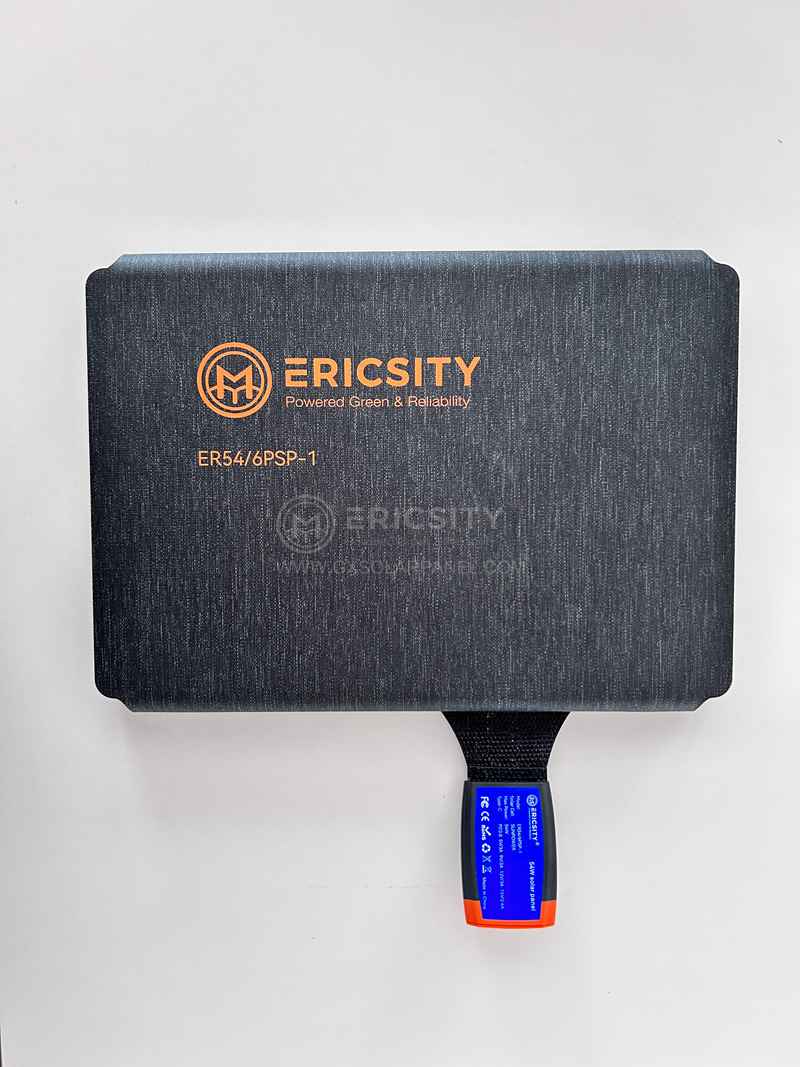HOT PRODUCT
Product Details
Efficiency Meets Flexibility: How Semi-flexible Monocrystalline Panels Shine
Efficiency Meets Flexibility: How Semi-flexible Monocrystalline Panels Shine
In recent years, solar energy has emerged as a promising solution towards a more sustainable future. With advancements in technology, solar panels have become increasingly efficient and flexible, allowing for diverse installation options. Among these, semi-flexible monocrystalline panels have gained considerable attention for their unique blend of efficiency and adaptability. In this article, we will explore how these panels are revolutionizing the solar industry.


Semi-flexible monocrystalline panels are designed with a thin layer of monocrystalline silicon, the same material used in traditional solar panels. However, what sets them apart is their flexibility, enabling them to conform to curved surfaces. This flexibility opens up a world of possibilities for solar installations on unconventional surfaces, such as boats, recreational vehicles, and even clothing. For instance, RV owners can now harness solar energy on their road trips by attaching these panels to the curved roof of their vehicles.
One of the key advantages of semi-flexible monocrystalline panels is their superior efficiency. Monocrystalline silicon is known for its high conversion efficiency, meaning it can efficiently convert sunlight into electricity. The use of monocrystalline silicon in semi-flexible panels ensures that they can generate more power in a given area compared to other flexible solar panels. This increased efficiency makes them an excellent choice for applications where space is limited, such as on smaller rooftops or leisure vehicles.

Moreover, the flexibility of these panels allows for better light absorption. Traditional solar panels are fixed at a certain angle, which may not always allow for optimal sunlight exposure. In contrast, semi-flexible panels can be adjusted to match the curvature of the surface they are installed on, maximizing the absorption of sunlight throughout the day. This adaptability significantly improves the overall energy output and efficiency of the panels.
Another advantage of semi-flexible monocrystalline panels is their durability. They are designed to withstand harsh weather conditions, including strong winds, hail, and snow. The combination of a strong top layer and a flexible backsheet ensures that these panels can withstand bending and impact without compromising their performance. This durability makes them ideal for outdoor applications that require long-lasting and reliable solar power generation.
Installation of semi-flexible monocrystalline panels is also hassle-free. Their lightweight and thin design make them easy to handle and transport. Unlike traditional solar panels, which are typically heavy and rigid, these panels can be mounted with adhesive or using grommets, eliminating the need for complex mounting systems. This simplified installation process reduces both time and cost for installation, making solar energy more accessible to a wider range of users.

Furthermore, semi-flexible monocrystalline panels are aesthetically pleasing. Their sleek and low-profile design seamlessly blends with the surface they are attached to, whether it is a roof, a boat deck, or even a piece of clothing. This visual integration makes them an attractive choice for applications where the aesthetics of the solar installation are important or need to blend into the surroundings.
As we strive towards a greener and more sustainable future, the advancements in solar technology cannot be overlooked. Semi-flexible monocrystalline panels offer a unique combination of efficiency, flexibility, durability, and ease of installation, making them a viable option for various solar applications. Whether it is for residential rooftops, recreational vehicles, or innovative designs, these panels are shining a new light on the possibilities of solar energy.




